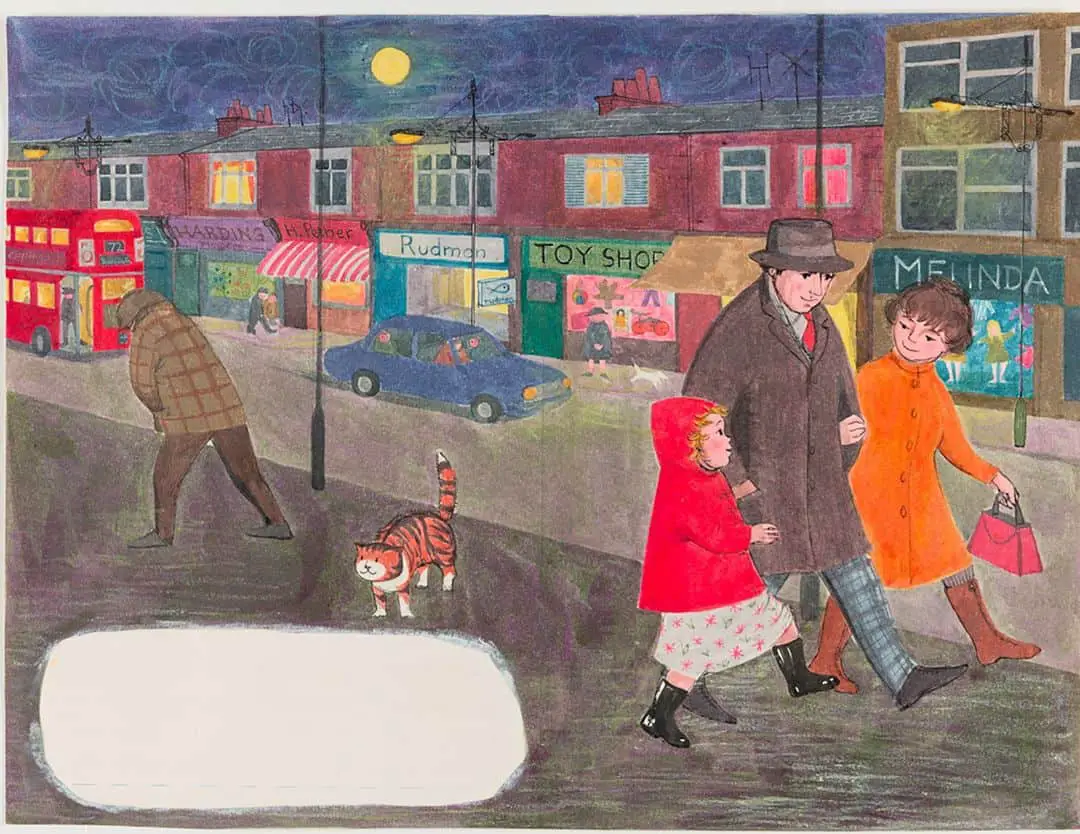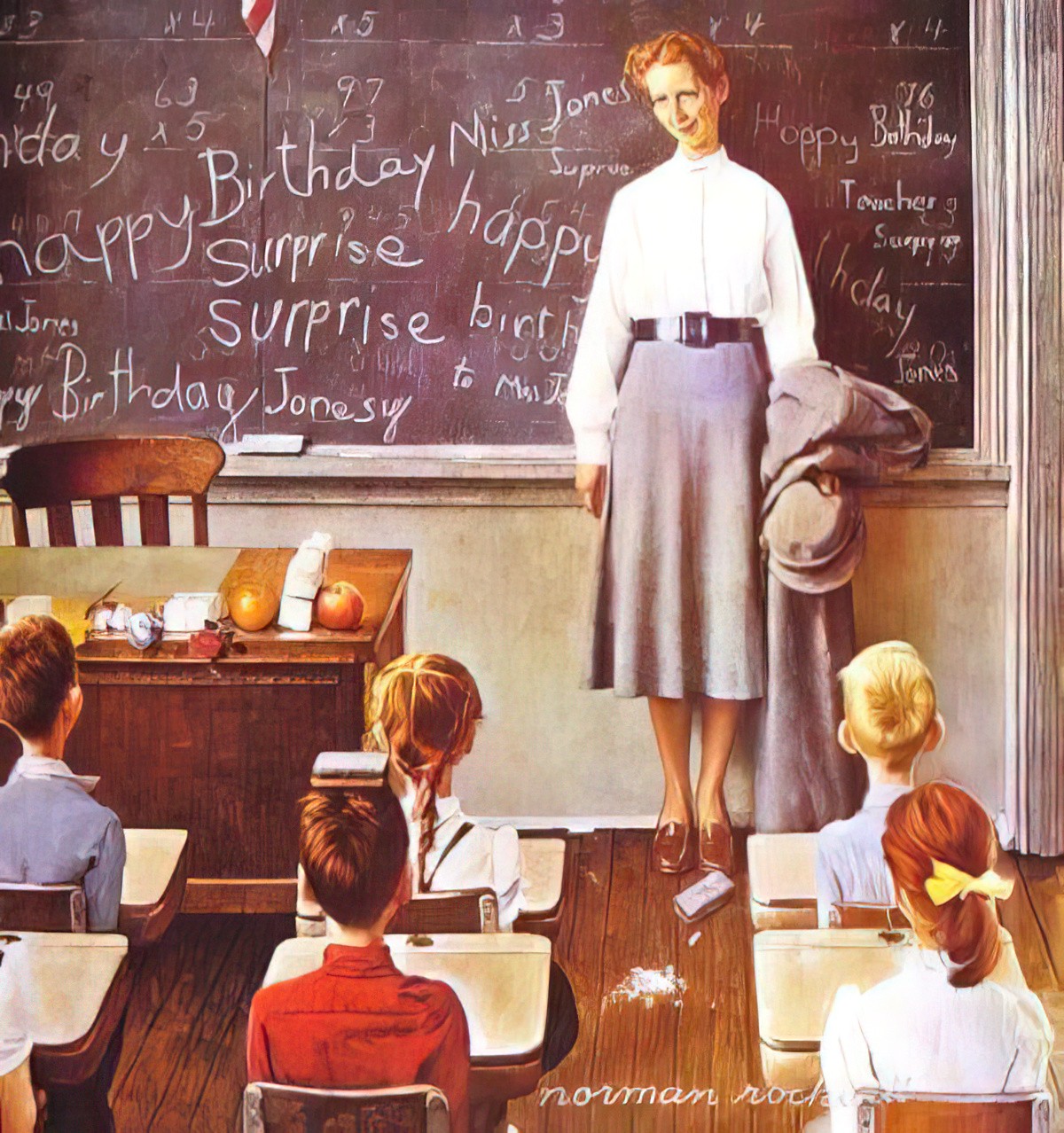-
Where The Wild Things Are by Maurice Sendak Analysis

“Where The Wild Things Are” by Maurice Sendak is the picture book that changed picture books forever. The picture book began to be understood, after Maurice Sendak, as something extraordinary – a fusion of images and limited vocabulary which authors such as Julia Donaldson, Lauren Child, Alan and Janet Ahlberg, Emily Gravett and more have turned […]
-
The Tiger Who Came To Tea by Judith Kerr Analysis

The Tiger Who Came To Tea (1968) is a picture book written and illustrated by British storyteller Judith Kerr.
-
Rosie’s Walk by Pat Hutchins Analysis
Rosie’s Walk is an influential picture book by Pat Hutchins, first published in 1986. This book is notable for its large ironic gap between pictures and text: The text is a pedestrian story in which nothing remarkable happens. The pictures show several near death experiences. Separately, Rosie’s Walk is designed to teach young readers dimensional […]
-
Fun With A Stranger by Richard Yates Analysis

Some short stories exist mainly as character studies. Fun With A Stranger (1962) by American author Richard Yates is one example. The story paints a portrait of a particular kind of old-fashioned school teacher. The reader feels empathy for everyone involved, from the young pupils to the teacher herself.
-
The People Across The Canyon by Margaret Millar Analysis
Hear “The People Across The Canyon” (1964) read by Douglass Greene at Alfred Hitchcock’s Mystery Magazine.
-
The Swimmer by John Cheever Analysis
“The Swimmer”(1964) is considered one of Cheever’s best short stories. Anne Enright feels that this would never have worked as the novel Cheever had originally planned and adds that it would work even better as a short story had he lost one or two pools. (The naturist communists are amusing but we don’t want any […]